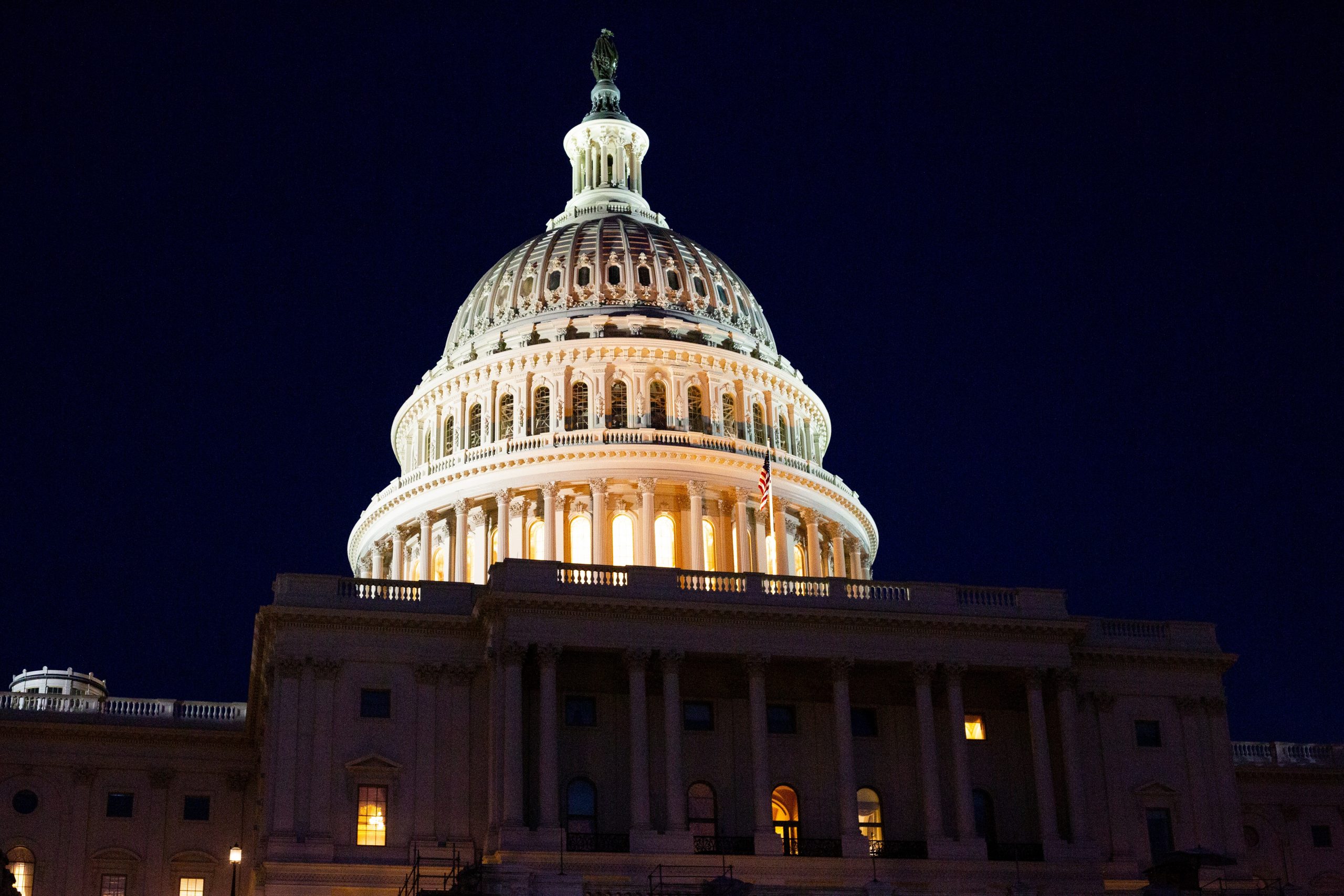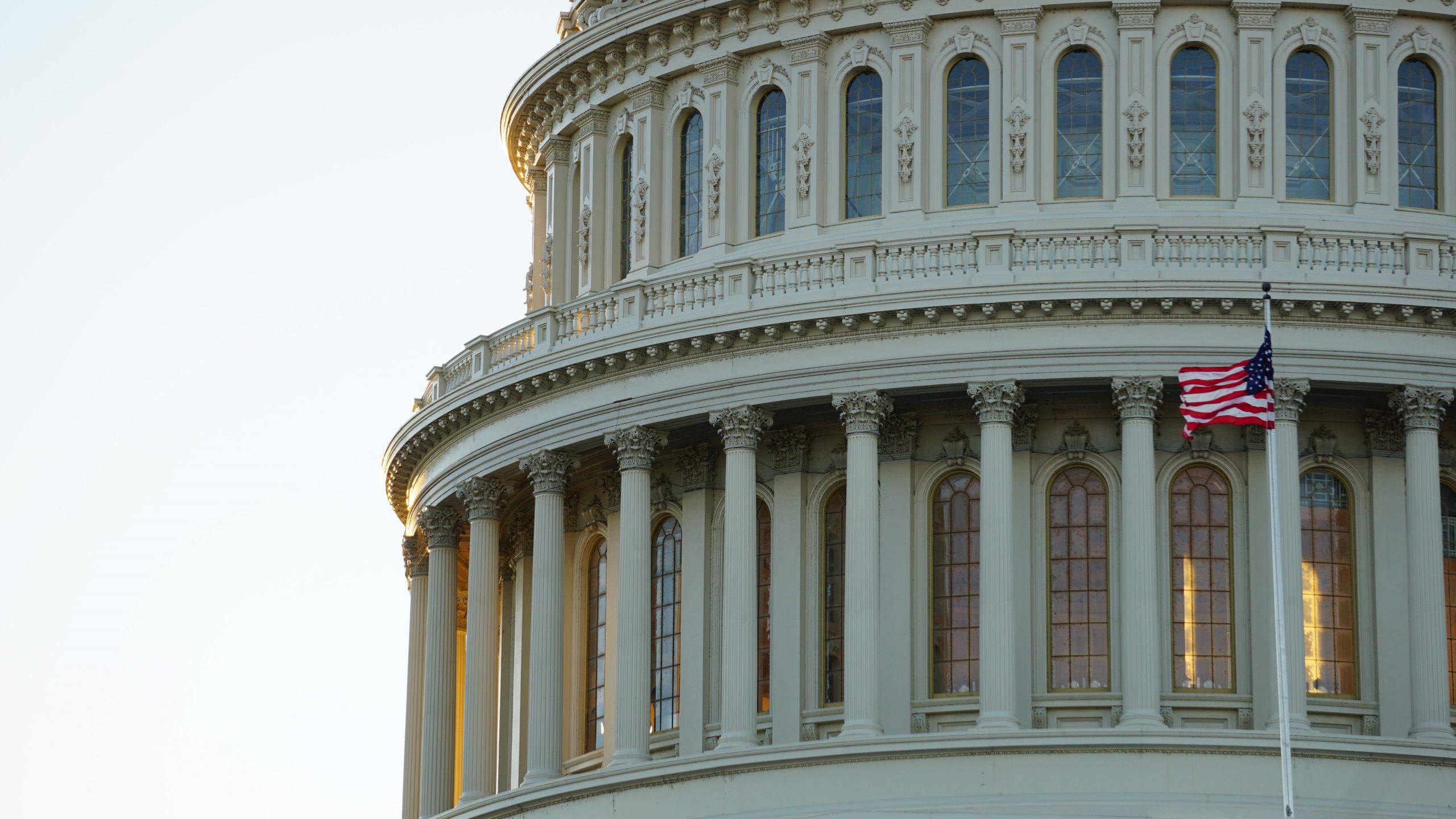In this blog post we share amazing news with our readers regarding the settlement of a recent class-action lawsuit filed against the U.S. Department of Homeland Security. The agreement reached under the settlement will immediately allow for automatic renewals of employment authorization for: L-2 spouses of L-1 nonimmigrants and qualifying H-4 dependent spouses who (a) properly file an application to renew their H-4 based employment authorization document before expiration (b) have an unexpired Form I-94 showing their status as an H-4 nonimmigrant and (c) who will continue to have H-4 status beyond the expiration date of their employment authorization document. Shergill v. Mayorkas, No. 21-1296 (W.D. Wash.)
What does this new settlement mean?
Effective immediately, the Shergill settlement will make it a lot easier for L-2 and H-4 dependent spouses to continue working in the United States without having to apply for a renewal of their employment authorization and without interruptions to their employment. As many are already aware, the processing of I-765 employment authorization applications is currently subject to extreme delays due to the pandemic and burdens on USCIS offices. This new settlement will prevent L-2 and certain H-4 dependent spouses from being stuck in these backlogs. Not to mention L-2 and certain H-4 spouses will no longer have to pay the required $410 filing fee to renew their employment authorization. Following this new settlement, L-2 spouses and certain H-4 spouses will be able to work just by having their valid H-4 and L-2 visas, and they will not need to file any separate applications nor need an employment authorization card (work permit) to work in the United States.
Guidelines for Dependent Spouses under the Settlement Agreement
Under the terms of the Shergill settlement agreement, as it relates to L-2 dependent spouses, USCIS will now interpret 8 CFR § 274a.13(d) to recognize that employment authorization for such spouses is now linked (incident) to their visa status. USCIS will also allow up to 180-day automatic employment authorization extensions when the applicant has already had the H-4 or L-2 status extension granted either through USCIS or through travel.
Automatic Renewals of Employment Authorization for applications that already have valid H-4 status
- Pursuant to the settlement agreement, USCIS is now interpreting the law so that H-4 nonimmigrants who have timely filed their I-765 EAD renewal applications and continue to have H-4 status beyond the expiration date of their EAD, qualify for the automatic extension based on their (c)(26) EAD.
- This automatic extension will terminate on the earlier of: the end date of the H-4 status, adjudication of the EAD renewal application, or 180 days from the previous card’s expiration date.
 Visa Lawyer Blog
Visa Lawyer Blog













